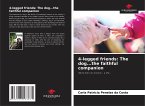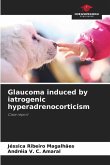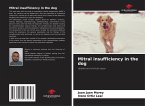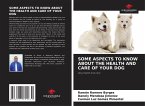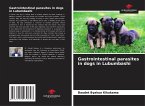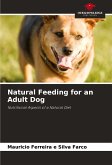The mechanism of lacrimal drainage in the dog is not fully understood. The study evaluated the dog's lacrimal excretory pathway from a histological point of view, in order to gain a better understanding of this structure. It involved 30 normal dogs (60 eyes), adults weighing between 4.15 and 30 kg. An ectoscopic examination, dacryocystography and histological evaluation of the lacrimal excretory duct were carried out. The dog's excretory lacrimal duct is made up of points, canaliculi, a lacrimal sac and a nasolacrimal duct, which opens in the lower meatus of the nostril, as observed on dacryocystography. Histologically, the dog's excretory lacrimal duct is partly lined by non-keratinized stratified squamous epithelium, which rests on a dense connective tissue stroma; and partly lined by columnar stratified epithelium, resting on a loose connective tissue stroma. The lacrimal sac and nasolacrimal duct are surrounded by a rich vascular network. No muscle fibers were found surrounding or juxtaposed to the dog's lacrimal excretory duct. The dog does not have contractile structures closely surrounding the excretory lacrimal duct, so it is assumed that the lacrimal drainage mechanism does not involve muscle contraction mechanisms.
Bitte wählen Sie Ihr Anliegen aus.
Rechnungen
Retourenschein anfordern
Bestellstatus
Storno



